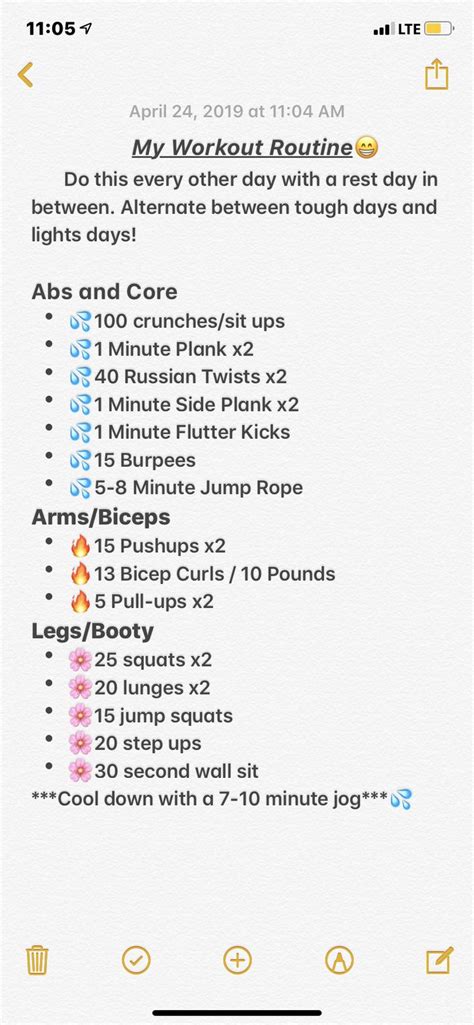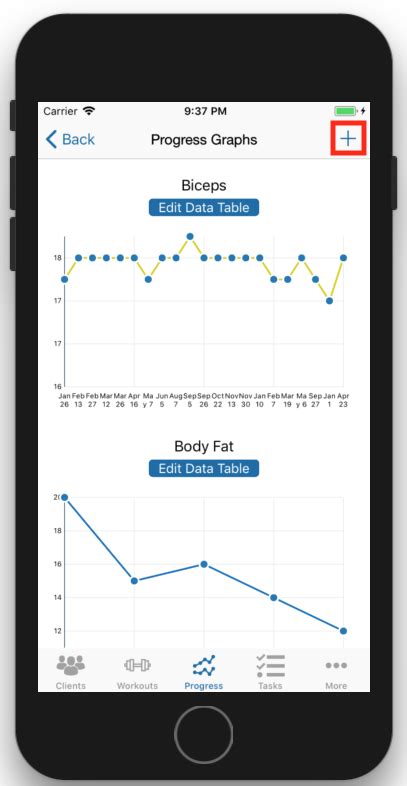How to break strength plateaus for peak gains efficiently?

Confronting the Frustration of Strength Plateaus
Every dedicated lifter eventually faces it: the dreaded strength plateau. You’re putting in the work, sticking to your routine, but the weights just aren’t moving up anymore. This stagnation can be incredibly frustrating, leading to demotivation and questions about your training effectiveness. Breaking through these barriers isn’t about working harder, but often about working smarter. It requires a strategic approach to your training, nutrition, and recovery.
Understanding Strength Plateaus: Why They Happen
A strength plateau occurs when your body has adapted to your current training stimulus, and simply repeating the same workout no longer challenges it sufficiently to illicit further growth or strength gains. This adaptation is a natural biological process. Common culprits include insufficient progressive overload, inadequate recovery, poor nutrition, overtraining, or neglecting weak links in your kinetic chain. Recognizing the root cause is the first step toward overcoming it.

Rethink Your Progressive Overload Strategy
Progressive overload is the fundamental principle for continuous gains, but it’s not just about adding more weight. When direct weight increases stall, you need to find other ways to challenge your muscles:
- Increase Volume: Add more sets or reps while maintaining good form.
- Decrease Rest Times: Shortening the rest period between sets increases workout density and metabolic stress.
- Vary Tempo: Introduce slower eccentrics (negative phase) or pauses at the bottom of a lift to increase time under tension.
- Improve Form: Sometimes, simply refining your technique allows you to lift more efficiently and safely.
- Increase Frequency: If you’re not overtraining, training a muscle group more often (e.g., twice a week instead of once) can stimulate more growth.
Optimize Nutrition and Recovery
Training breaks down muscle; nutrition and recovery build it back stronger. Neglecting these aspects is a common reason for plateaus:
- Caloric Intake: Ensure you’re eating enough calories to support muscle growth and strength. A slight caloric surplus is often necessary.
- Protein Intake: Aim for 1.6-2.2 grams of protein per kilogram of body weight to support muscle repair and synthesis.
- Micronutrients: Don’t overlook vitamins and minerals crucial for energy production and overall health.
- Sleep: Quality sleep (7-9 hours) is when your body repairs and recovers most effectively.
- Stress Management: Chronic stress elevates cortisol, which can hinder recovery and muscle growth.

Introduce Variation and Periodization
Your body is incredibly adaptable. Sometimes, you need to shock the system with new stimuli:
- Exercise Variation: Swap out core lifts for variations (e.g., barbell bench press for dumbbell bench press, or back squats for front squats) to hit muscles from different angles and address weak points.
- Training Modalities: Incorporate different types of training, such as powerlifting-focused cycles (low reps, high weight), hypertrophy phases (moderate reps, moderate weight), or even endurance work.
- Periodization: Structure your training into phases, alternating between intensity, volume, and exercise selection. This allows for planned progression and recovery.

Focus on Form and Mind-Muscle Connection
Often, lifters compromise form to lift heavier, which can lead to injury and inefficient muscle activation. Prioritize perfect form, even if it means temporarily reducing the weight. Actively focus on contracting the target muscle throughout the movement to enhance the mind-muscle connection. This improves recruitment and ensures the intended muscles are doing the work.
Address Weak Links and Mobility
A plateau in a compound lift might be due to a weaker supporting muscle group. For example, if your bench press stalls, your triceps or shoulders might be the limiting factor. Integrate targeted accessory work to strengthen these weak links. Similarly, poor mobility can restrict your range of motion and prevent you from effectively engaging certain muscles. Incorporate stretching, foam rolling, and mobility drills into your routine.

Implement Deload Weeks
Regular deload weeks are crucial for sustained progress. A deload involves intentionally reducing training volume and/or intensity for a week. This allows your central nervous system and muscles to fully recover, repair, and even supercompensate, leading to renewed strength and energy when you return to your regular intensity.
Track and Analyze Your Progress
What gets measured gets managed. Keep a detailed training log, noting sets, reps, weight, and even how you felt during the workout. This data allows you to identify patterns, pinpoint potential causes of plateaus, and make informed adjustments to your program. Don’t be afraid to experiment, but always base your decisions on objective data.

Conclusion: Consistency and Adaptation Are Key
Breaking strength plateaus is an integral part of the fitness journey. It tests your patience and problem-solving skills, but also offers immense satisfaction when you push through. By strategically varying your training stimulus, prioritizing recovery and nutrition, addressing weaknesses, and consistently tracking your progress, you can efficiently overcome stagnation and continue making peak gains towards your strength goals. Remember, the journey is about continuous adaptation and smart effort, not just brute force.








